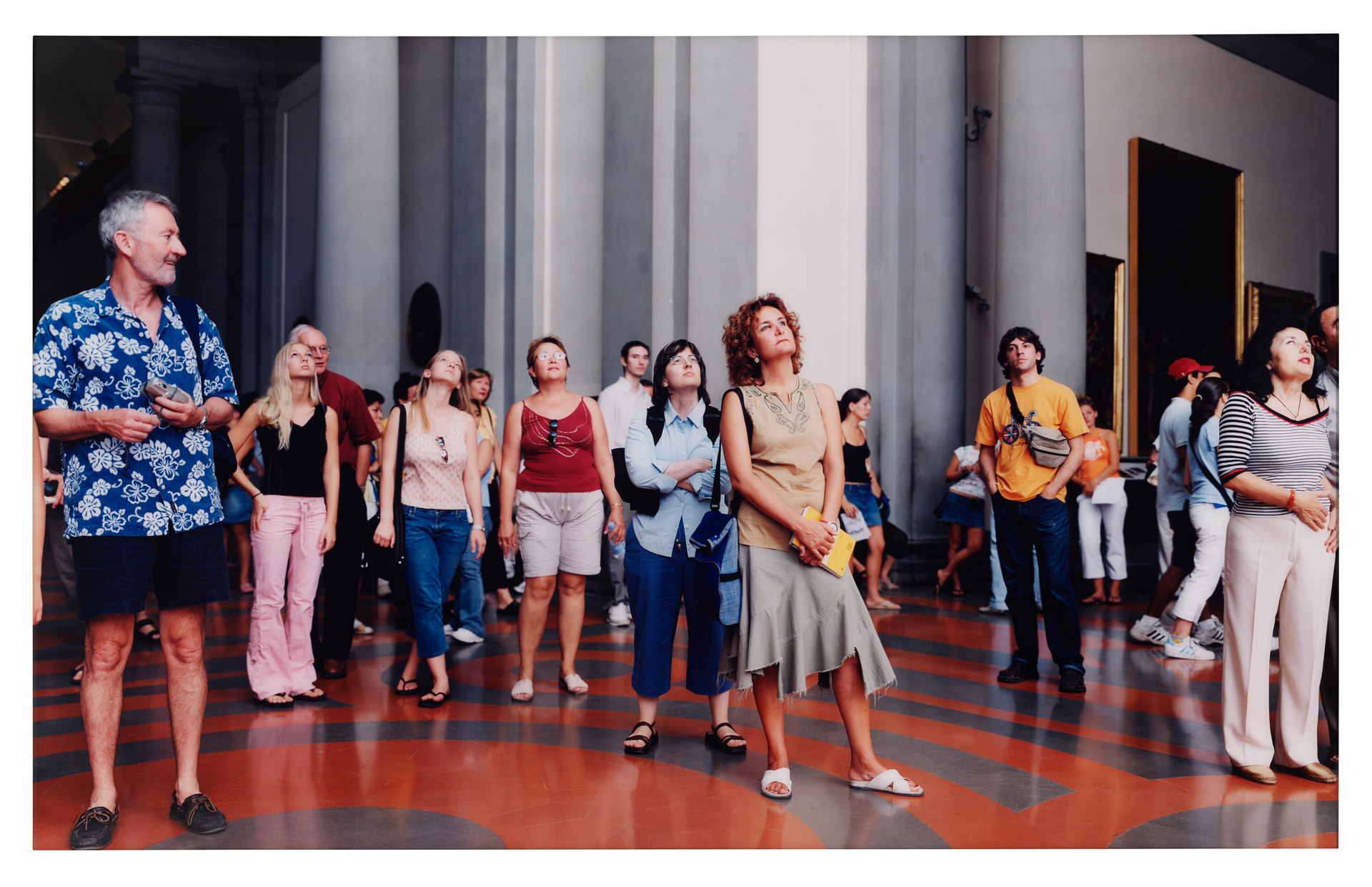Thomas Struth. Audience 08 Florence, 2004. Jorge M. Pérez Collection. © Thomas Struth
Co-curator Fabiana Sotillo explains how the show has been structured and the importance of considering photography as a medium of fine-arts
The Pérez Art Museum Miami (PAMM) currently hosts Language and Image: Conceptual and Performance-Based Photography from the Jorge M. Pérez Collection, an exhibition that sheds light on photography as a fine art form often overlooked in the contemporary art world. Curator Fabiana Sotillo emphasises the show’s dual purpose: “This show started out as an attempt to not only show the Pérez collection but to highlight photography which is overlooked in art.”
When visitors enter the space, they encounter a narrative of photography’s evolution, marked by both the thematic content and the artists’ innovative methods. At the entrance, two works by German photographers Thomas and Candia Haufer greet visitors. These artists, part of a group that sought to “tell the truth” says Sotillo, use their images to comment on the relationship between art institutions and viewers. Sotillo notes.
As visitors move through the gallery, the story progresses to the invention of the camera and the transformation of photography from a documentary tool to an artistic medium. Sotillo highlights this shift, explaining, “The medium changed in the hands of the artists, documentary turns into when artists started thinking about what was worth putting in front of the camera.” This transition marks photography’s growing conceptual depth as the “language through the lens” evolves. Photography’s value as an art form remains misunderstood by many in the fine arts, which Sotillo acknowledges: “A lot of people don’t understand that photography has its merits.”
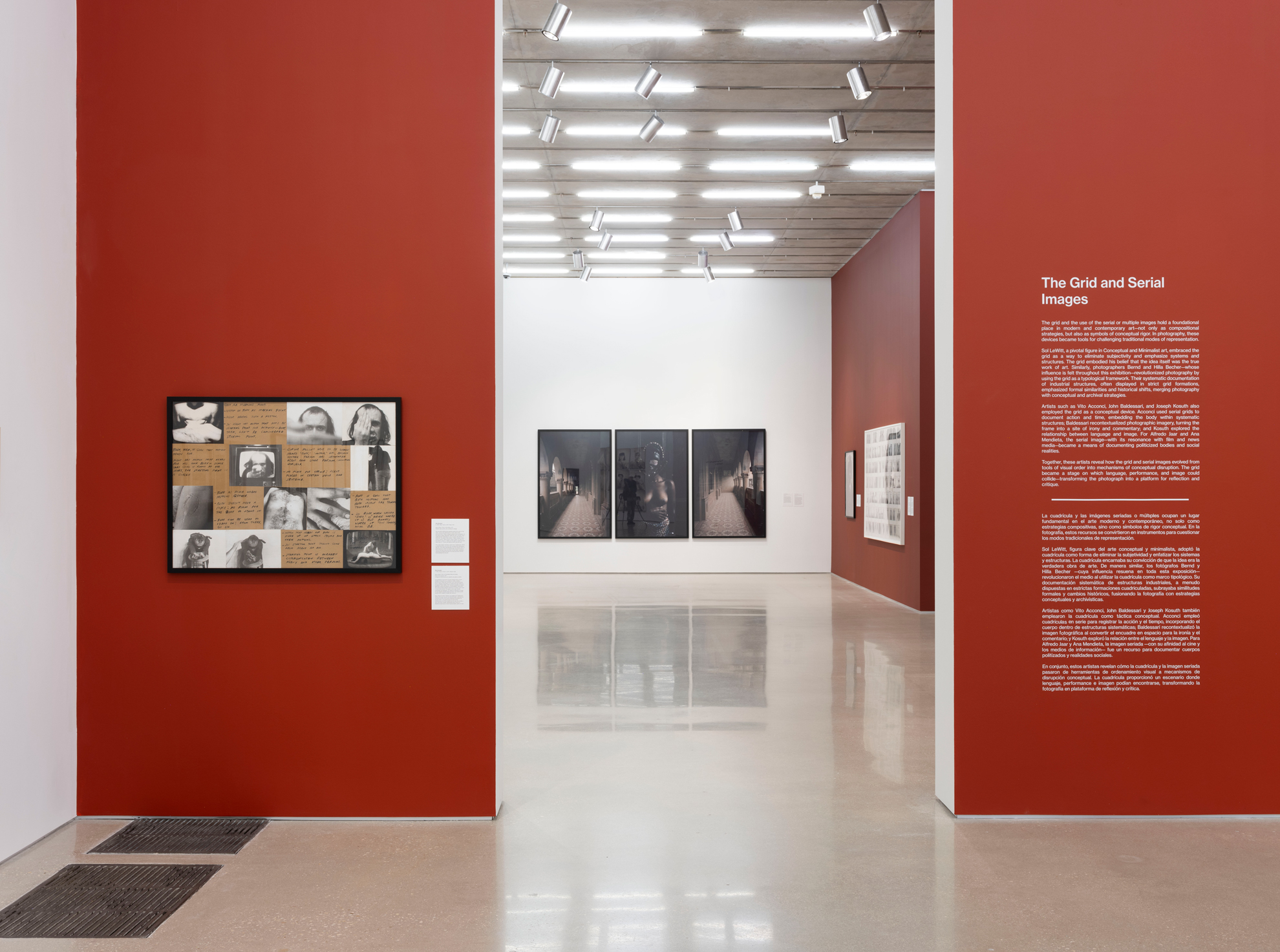
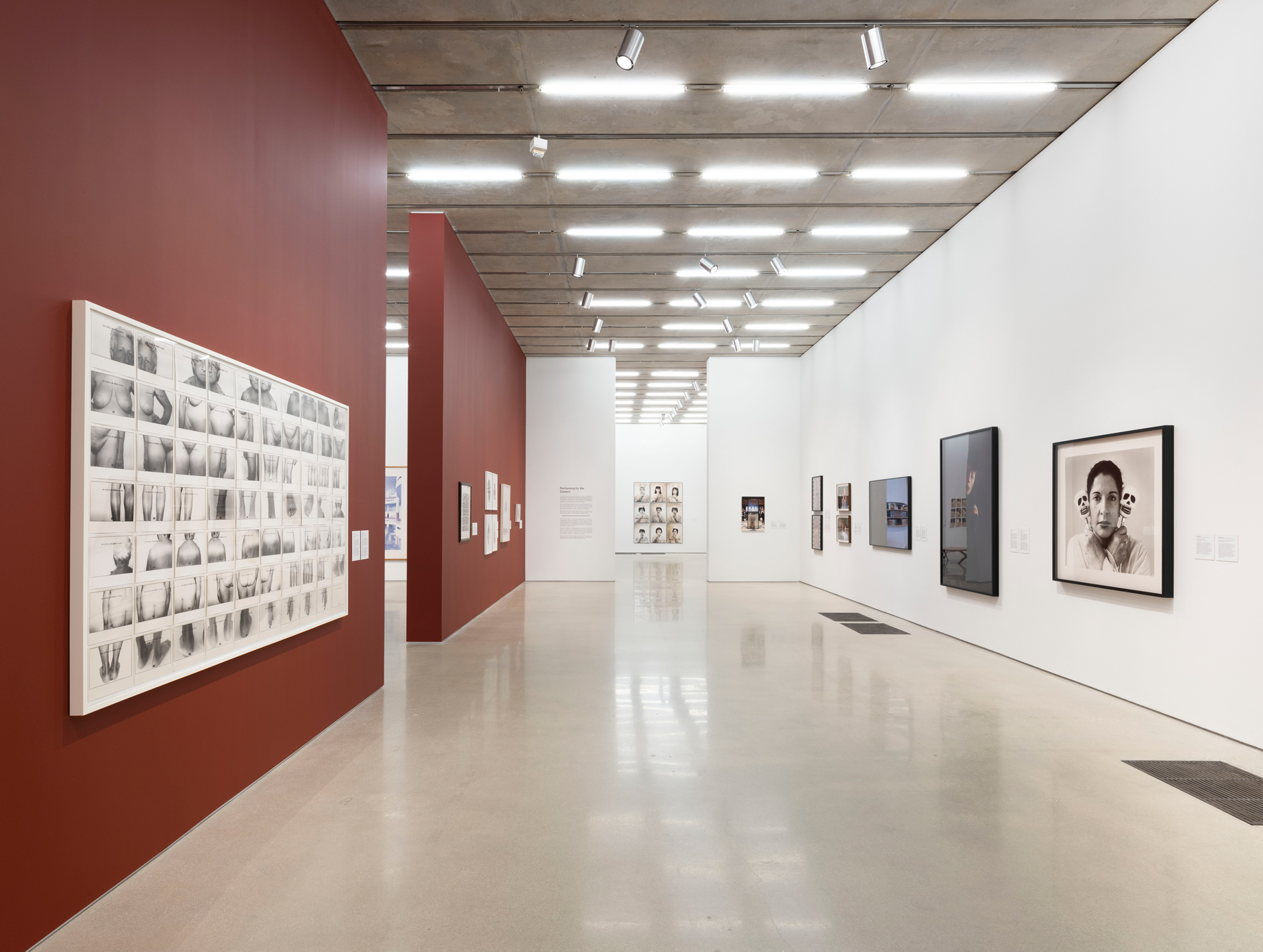
“The essence of performance art is that it’s ephemeral, artists use the camera to make it last through time”
The show also draws parallels between historic photographic innovation and today’s technological leaps, such as artificial intelligence. “In 2025 we have this new invention of AI, we have been desperate to develop new things with it, where else we can use it,” Sotillo observes. “The camera was like that in the arts – this invention which is a machine, artists started thinking of what advantages it could have for art.”
Performance art, a central theme of the exhibition, is explored through photography’s unique ability to capture impermanent moments. Sotillo describes how the camera preserves the transient nature of performance: “The essence of performance art is that it’s ephemeral, artists use the camera to make it last through time, allowing it to be reexamined which has changed perspectives on these performances throughout time.”
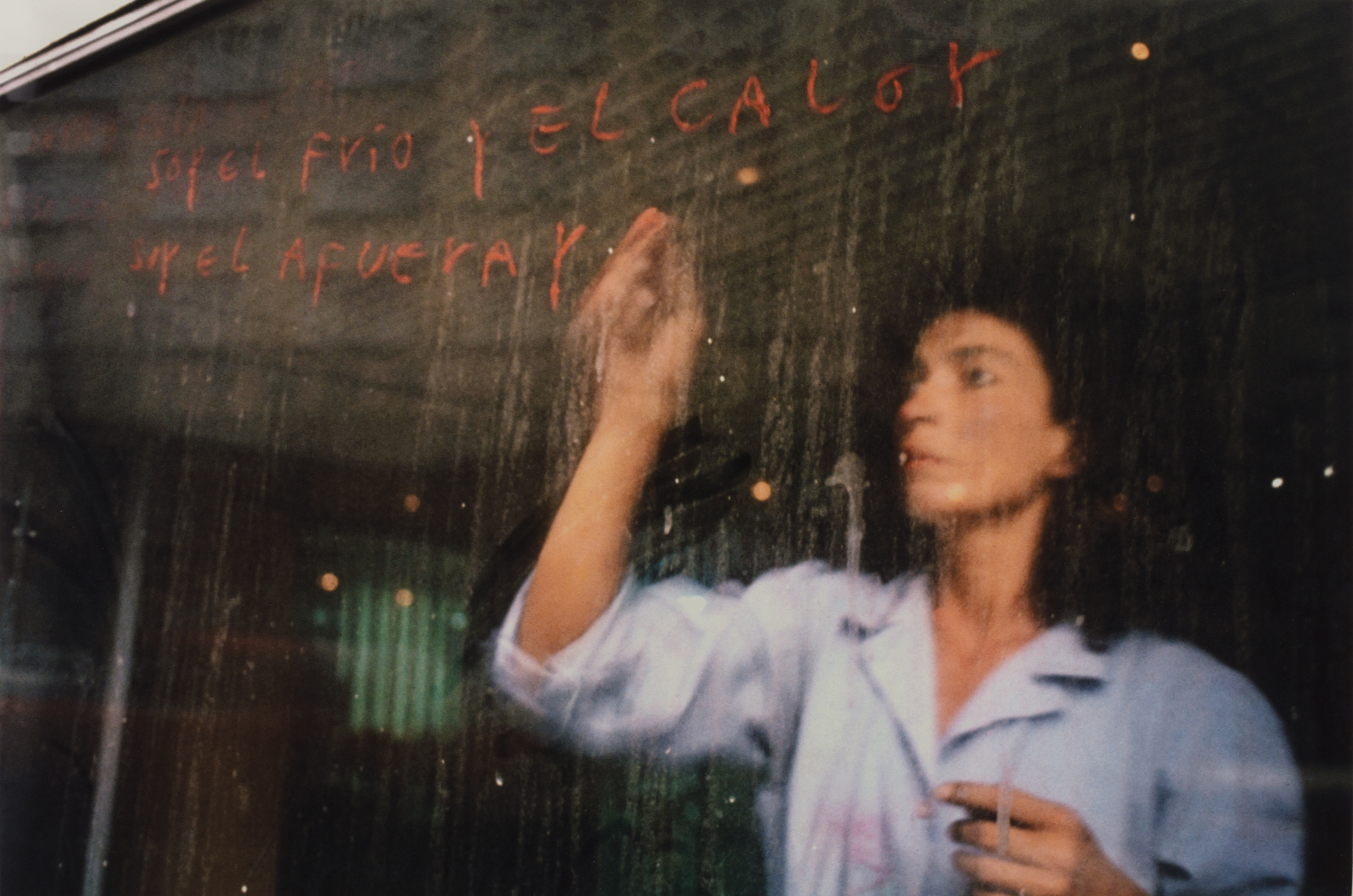
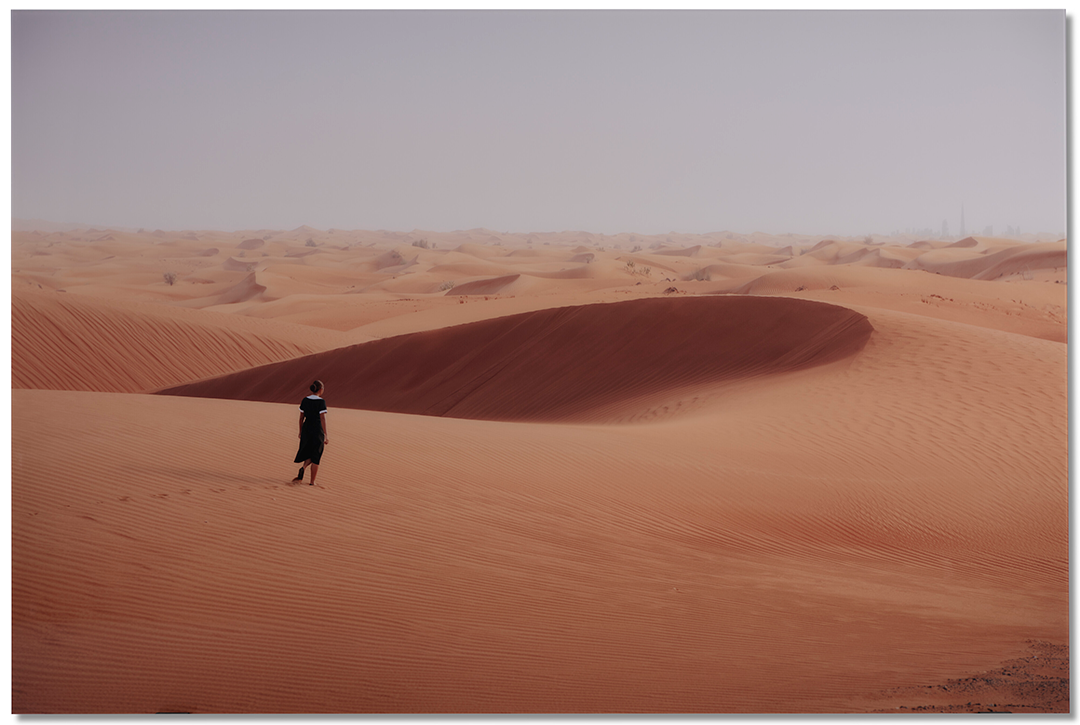
A standout piece in the exhibition is a large-scale work by Brazilian artist Andrades, whose project is inspired by film and explores the concept of “mestizo,” a term referring to mixed race. Sotillo explains, “This is a huge piece, we’ve only been able to show a fourth of the work, this time we’re showing three quarters. All the words you see on the wall are exploring the idea of ‘mestizo’”. Andrade’s background in film heavily influences his photographic work, which Sotillo calls “an homage to film, since its birth came from this medium.” The presentation of his photographs changes their meaning, echoing the dynamic nature of performance and cinema.
Reflecting on the exhibition’s broader message, Sotillo hopes the exhibition leaves visitors with not only a deeper appreciation of photography’s development in fine art but also an understanding of the artist’s creative process. “The essence of the show is that not only will viewers leave with a better understanding of the evolution of photography in fine arts, but leave with an understanding that artists have this ability to create from nothing.”
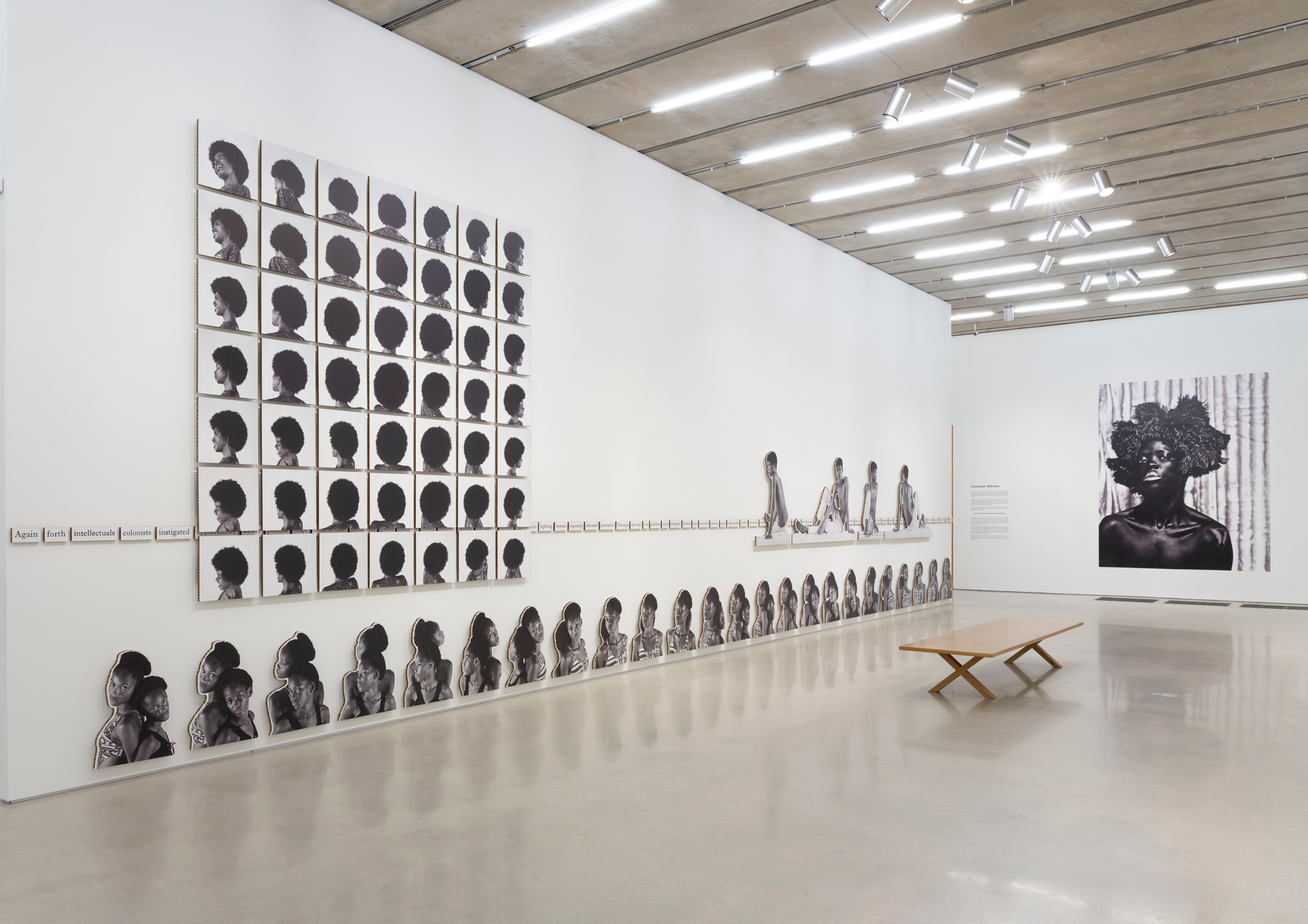
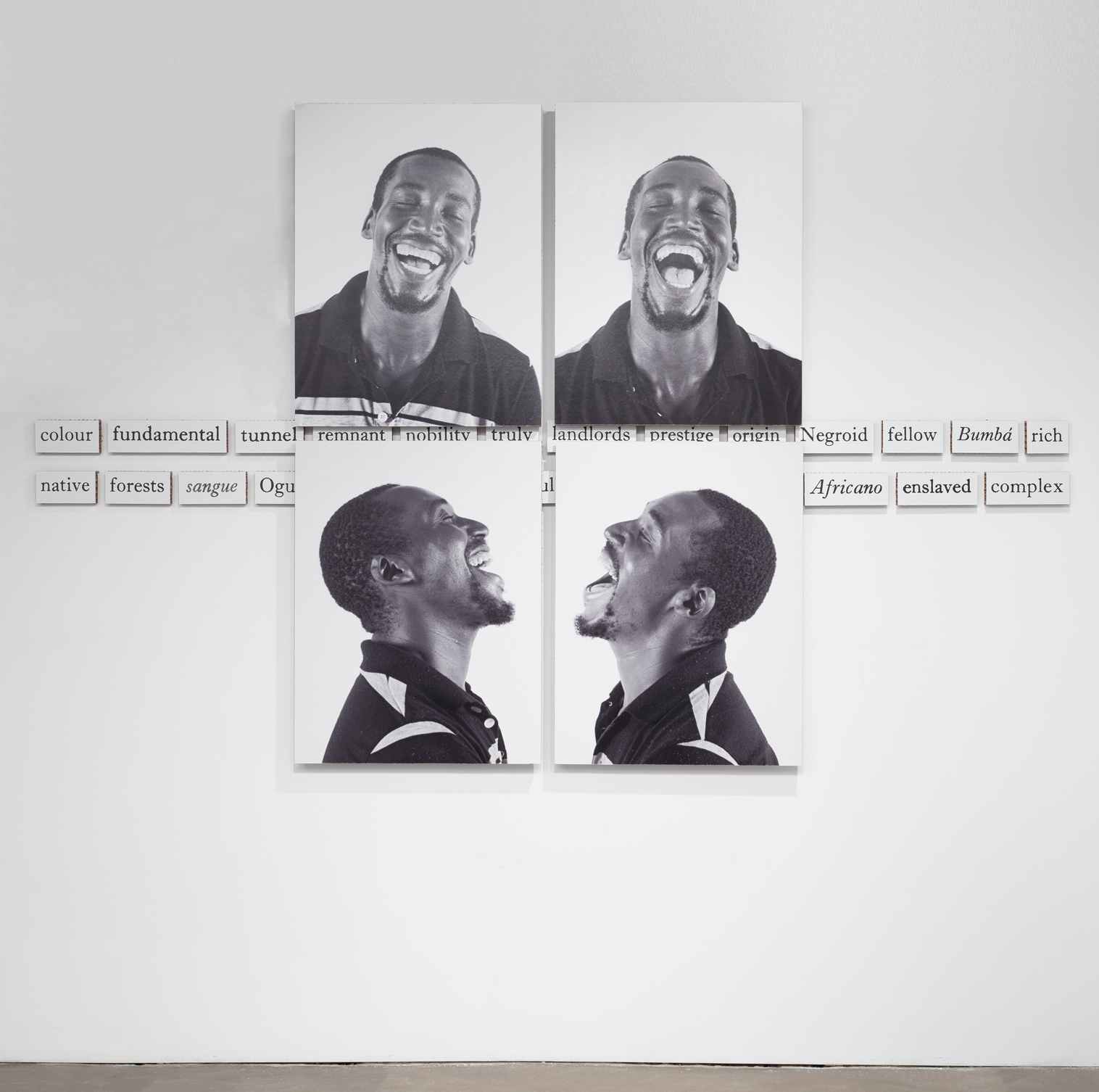
Language and Image: Conceptual and Performance-Based Photography from the Jorge M. Pérez Collection is on at Pérez Art Museum Miami until 11 January 2026

